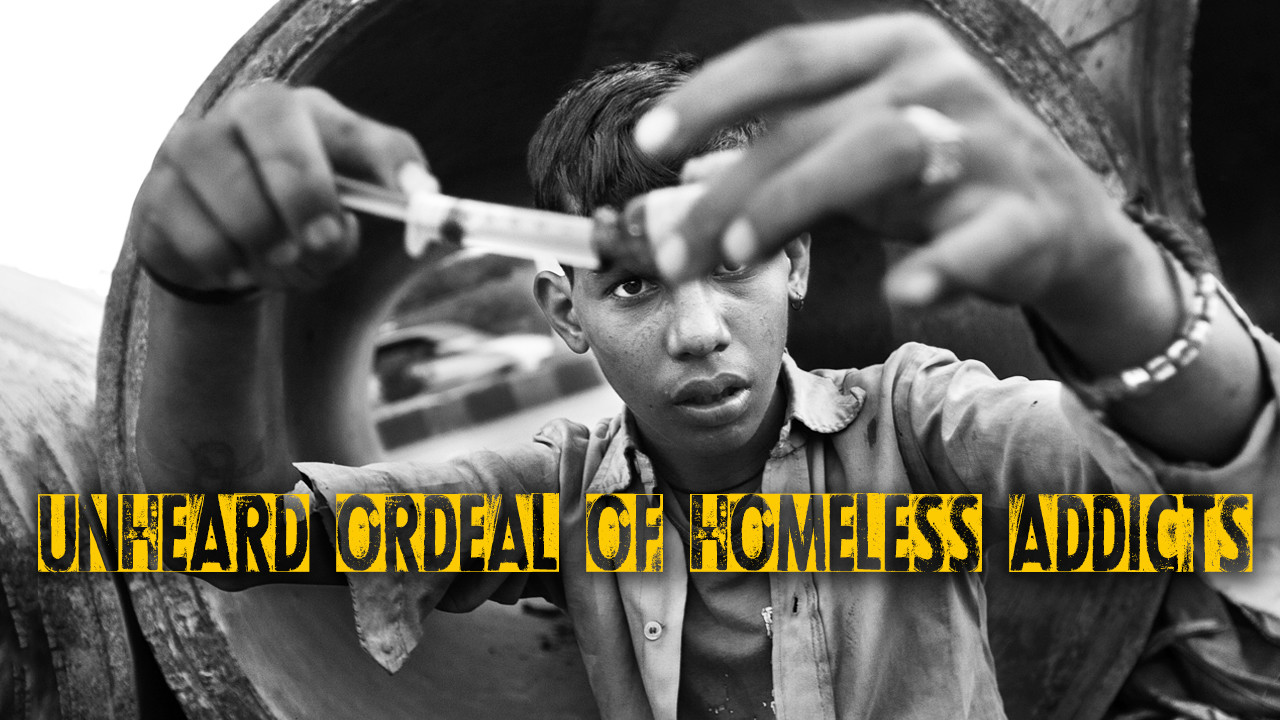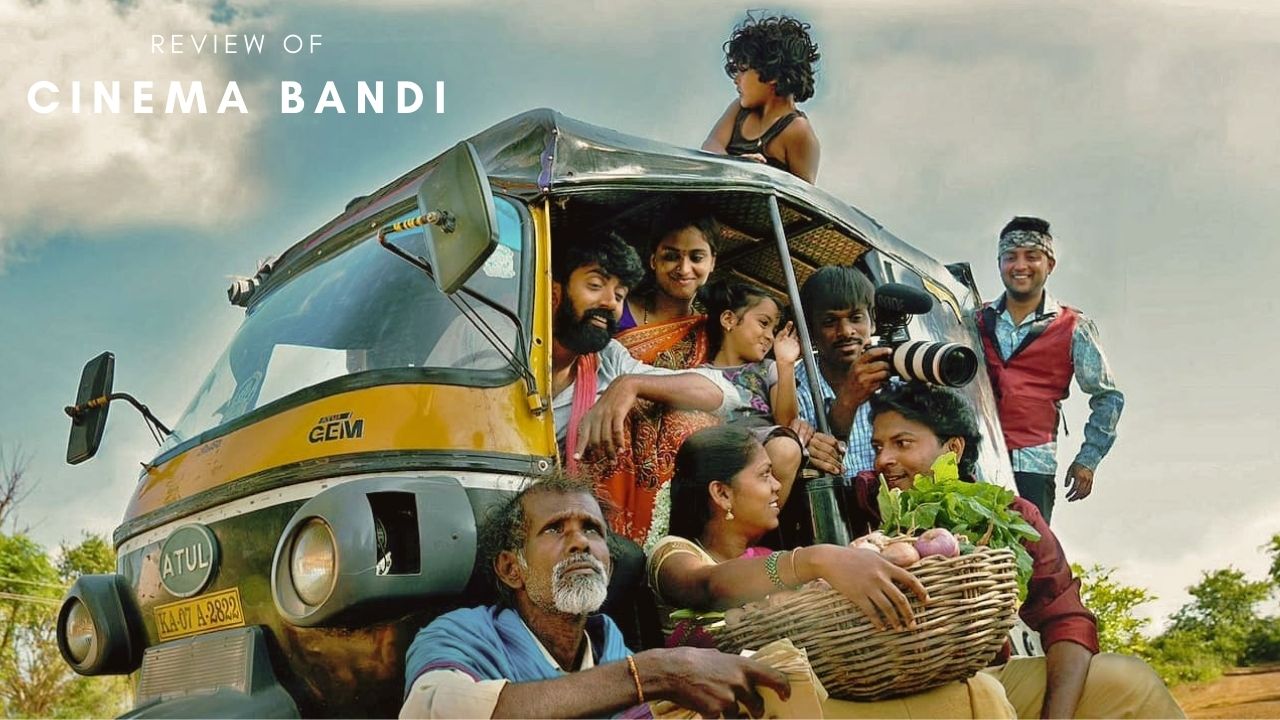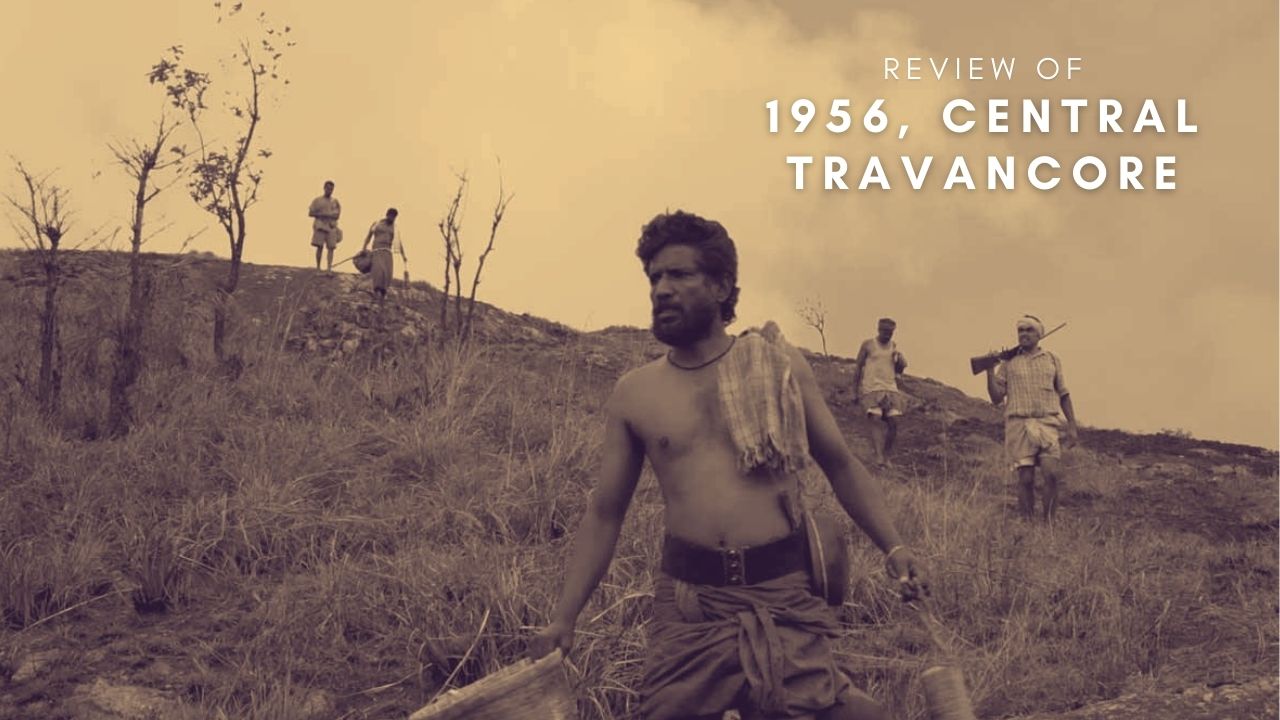
Kamlesh: A Serious Issue Becomes A Meme – Just Because We Can’t Think Better
This October, a set of memes were doing the rounds. The subject of these was 13-year-old Kamlesh, who prioritised ‘solution’, a deadly stimulant, over his health, family and life. The video clip picked by numerous meme creators is part of a documentary ‘Nashebaaz’ directed by social worker Dheeraj Sharma. Sharma, who filmed the poignant, painful state of the homeless addicts, is highly disappointed by the numerous memes that were circulated, shared and laughed at.
“There is something seriously wrong if people are making fun of a young boy who is in need of help”, he told Scoopwhoop Media, and I couldn’t agree better.
The creative liberty and Freedom of Expression kept aside, this is heights of normalizing a serious condition for cheap laughs. The creators really need a dose of sensitivity and a handy reality check to go with. The video clearly shows the child’s dependence, habitual and physical, on the drug. And we all know that there are a million Kamlesh’s dwelling under flyovers, sheltering in subways, always around us, fighting and living the same ordeal, 93% of the street kids to be precise.
So, How Many Of These Unfortunate Ones Are We Going To Laugh At?
An NGO survey revealed that 63.6% of the patients coming in for treatment were introduced to drugs when they were younger than 15 years of age. It also states that these children eventually evolve from gateway abuses like alcohol and cannabis to heroin, smack, opium, propoxyphene and often, a cocktail of many.
Children with no access to high-quality drugs often resort to abusing cough syrups, pain relief ointments, rubber glue, gasoline and ‘solution’ or correction fluid. The concern here is why the children, without a prescription, are being sold prescription drugs by the chemists? And with the noted hazard of abusing correction fluids for more than ten years, why is the product still available in the market?
Delhi Commission for Protection of Child Rights on substance abuse by children in a study found that all children in conflict with the law were drug abusers. Street children live under harassment by gangs, molesters, municipal authorities and the police. Naturally, they resort to drugs to cope with the cycle of sexual, physical and mental abuse. Therefore, Kamlesh and the like, settle at menial jobs like picking garbage to make 100 bucks and spend 80% of the money on cheap drugs like rubber glue or solution.
Afraid of their daily earning getting snatched or stolen (since they don’t have bank accounts), they are compelled to blow all of it on drugs, the constant practice of which leads to addiction. Soon enough they find themselves wanting more of the drug and end up partaking in serious crimes, to arrange money for the same. This only states how ingrained the problem really is. More often than not these kids get involved in the abuse through peer pressure, curiosity, depression, stress, handling cold and hunger or to forget about their families!
Now, Can We Still Find It In Ourselves To make And Share Memes On Kamlesh And The Like?
It is necessary that we understand the ecosystem that is fuelling the drug menace. There are too many of the homeless families living with substance abuse. There are children taking birth and growing to see their parents injecting each other with the damage. What are the chances that they themselves are not going to try?
We are talking about 1.77 million of those living on the streets. With no sensitization programmes and hardly any substance abuse policies in place, there is less hope. It just sounds like yesterday that the drug menace in the state of Punjab was in the news and may I question the authorities, what is being done to curb the practice?
The Delhi government, this year, announced its plans of setting up juvenile de-addiction centres in the state. With a number of these centres in place, there can still be hope. But it is important to mention that getting rid of an addiction isn’t easy. Many hope to die instead of going through the withdrawal symptoms, the symptoms mentioned by Kamlesh. For those who try to sober up, there is a need for empathetic psycho-therapy, constant monitoring of the abstinence, education, relocation and employment. This cannot be achieved by only a few hands toiling in place. A steady support and participation by the central and state governments along with functional NGOs will validate their Right to Education and to a healthy life, that for now only seems to be on paper.
We are talking about a part of our society. This portion, we have shunned out. This portion needs saving. It needs and deserves empathy from all of us.
They need to be laughed with and not laughed at.














